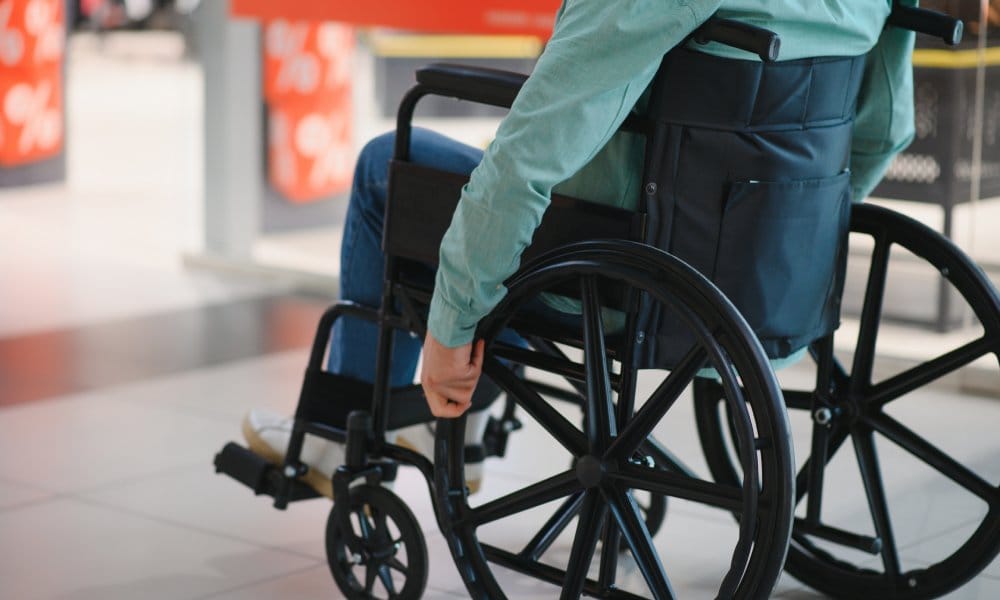For the millions of people who rely on wheelchairs, technology isn’t just about convenience—it’s about independence, health, and a better quality of life. The classic manual wheelchair has been a reliable mobility tool for decades, but recent innovations are pushing the boundaries of what’s possible.
From smart features that prevent accidents to designs that conquer any terrain, these advancements are changing wheelchair users’ lives.
1. Smart Wheelchair Technology
Imagine a wheelchair that can sense its surroundings, anticipate dangers, and even navigate semi-autonomously. That’s the promise of smart wheelchair technology. By integrating sensors, cameras, and artificial intelligence (AI), these chairs offer a new level of safety and support.
Features often include:
- Collision Avoidance: Using ultrasonic or infrared sensors, the wheelchair can detect obstacles like walls, furniture, or people and automatically slow down or stop to prevent accidents.
- Drop-off Protection: Sensors can identify curbs or stairs, stopping the chair from accidentally rolling over an edge. This is a game-changer for users with visual impairments or limited spatial awareness.
- Navigation Assistance: Some advanced systems can help users follow a pre-programmed route, making it easier to navigate complex environments like hospitals or shopping malls.
These systems provide a crucial safety net, giving users and their families greater peace of mind.
2. Airless Tires
Airless tires are a significant advancement in wheelchair technology, offering numerous benefits to users. Despite common myths about airless tires, they eliminate the risk of flats, ensuring reliability and reducing the maintenance concerns you usually have with pneumatic tires.
These tires are designed to be highly durable, often made from innovative materials that provide excellent shock absorption and traction. This durability enhances comfort by reducing the impact of uneven surfaces and making navigation smoother across various terrains.
3. All-Terrain Capabilities
Mobility shouldn’t end where the pavement does. Traditional wheelchairs often struggle on uneven surfaces like sand, gravel, snow, or hiking trails, limiting users’ ability to enjoy the outdoors. All-terrain wheelchairs are designed to overcome these challenges.
These rugged chairs typically feature:
- Larger, Knobby Tires: Similar to mountain bike tires, they provide better traction and stability on rough ground.
- Robust Suspension Systems: A strong suspension absorbs shocks and bumps, ensuring a smoother and more comfortable ride.
- Powerful Motors: Electric all-terrain models are equipped with high-torque motors capable of climbing steep inclines and powering through difficult conditions.
These chairs empower users to explore beaches, forests, and other natural landscapes that were once inaccessible.
4. Ultralight and Portable Designs
For active wheelchair users who travel frequently, the weight and bulk of their chair can be a significant burden. Ultralight manual wheelchairs address this issue by using advanced materials like carbon fiber and titanium.
These materials create frames that are incredibly strong yet remarkably light, often weighing as little as 10-15 pounds (4.5-6.8 kg). This makes a huge difference when lifting the chair into a car or carrying it up a flight of stairs.
The Future of Mobility
The field of wheelchair technology is more dynamic than ever. These advancements, along with others, are breaking down barriers and empowering wheelchair users to live fuller, more independent lives. As technology continues to advance, we can expect to see even more groundbreaking solutions that redefine mobility for people with disabilities.








